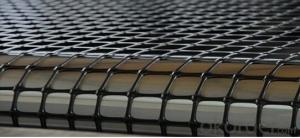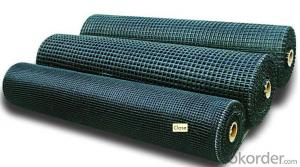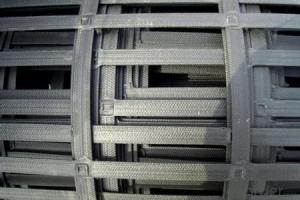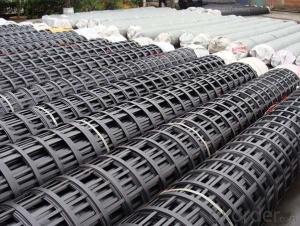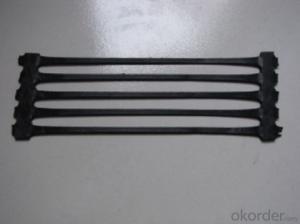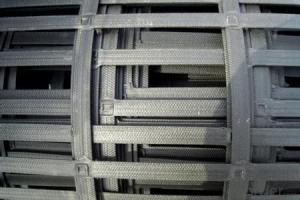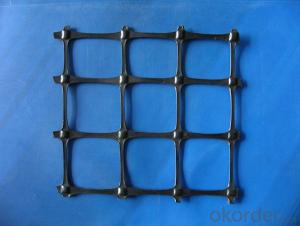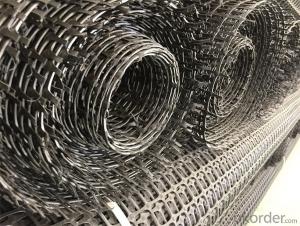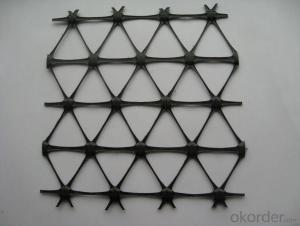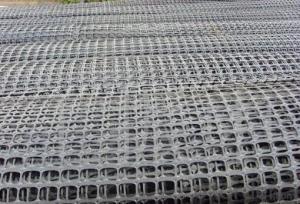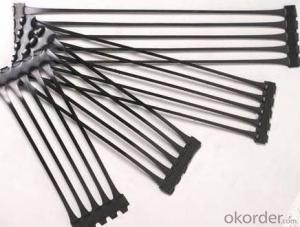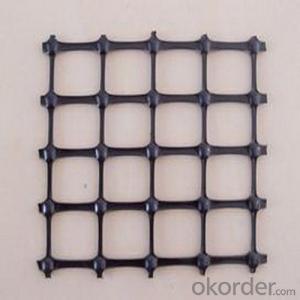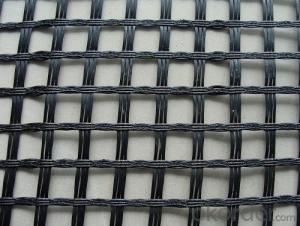Mirafi 2xt Geogrid
Mirafi 2xt Geogrid Related Searches
Fridge With Freezer On Bottom Driveway Pillars With Lights Blu Ray Player With Recorder Blu Ray Player With Internet Geogrid In Retaining Walls 1708 Biaxial Fiberglass Tape Pullout Resistance Of Geogrid Geogrid Warp Knitting Machine Srw 3 Series Geogrid Biaxial Plastic GeogridHot Searches
Fiberglass Scaffolding For Sale Fiberglass Panels For Sale Fiberglass Greenhouses For Sale Geogrid Fabric For Sale Gas Powered Core Aerator For Sale Revolution 4 Propeller For Sale Alabaster Carving Stone For Sale Geogrid For Sale Near Me Tensar Geogrid For Sale Geogrid For Sale Ex Display Log Cabins For Sale Photoelectric Cells For Sale Athletic Lockers For Sale Cubicle Partitions For Sale Stearman Propeller For Sale Palram Greenhouses For Sale Gumbo Bowls For Sale Suzuki Propellers For Sale Freight Crates For Sale Outhouse Sheds For SaleMirafi 2xt Geogrid Supplier & Manufacturer from China
Okorder.com is a professional Mirafi 2xt Geogrid supplier & manufacturer, offers integrated one-stop services including real-time quoting and online cargo tracking. We are funded by CNBM Group, a Fortune 500 enterprise and the largest Mirafi 2xt Geogrid firm in China.Hot Products
FAQ
- Yes, geogrids enhance the stability of mechanically stabilized earth walls. Geogrids are used to reinforce the soil in these walls, providing additional tensile strength and preventing soil movement. This reinforcement improves the overall stability and performance of the walls, making them more resistant to external forces such as earth pressure and settlement.
- Yes, there are some limitations and disadvantages of using geogrids. 1. Cost: Geogrids can be relatively expensive compared to other soil reinforcement methods. The cost of materials and installation can sometimes be prohibitive, especially for large-scale projects. 2. Limited Applications: Geogrids are not suitable for all types of soil conditions. They are most effective in granular soils, but their performance in cohesive soils or unstable slopes may be limited. 3. Installation Challenges: Proper installation of geogrids requires specific expertise and equipment. If not installed correctly, their effectiveness can be reduced, leading to potential failure or performance issues. 4. Longevity: The long-term durability of geogrids can vary depending on factors such as exposure to environmental conditions, chemical degradation, and mechanical damage. In some cases, they may require regular maintenance or replacement to ensure continued effectiveness. 5. Compatibility: Geogrids may not always be compatible with certain construction materials or methods. It is important to consider their compatibility with other materials used in the project to avoid any adverse effects on performance. Despite these limitations, geogrids are still widely used in various geotechnical applications due to their ability to improve soil stability and enhance the performance of structures.
- Geogrids improve the performance of reinforced soil structures by providing tensile strength and stabilizing the soil, preventing its movement and potential failure. The geogrids act as reinforcements that distribute the applied loads more evenly, reducing the stresses on the soil and improving its overall stability. Additionally, geogrids enhance the bearing capacity of the structure, increase its resistance to settlement, and minimize the potential for deformation or displacement.
- Geogrid price? Solution!
- Geogrid is a kind of main geosynthetics, which has unique properties and effects compared with other geosynthetics. Geogrid is often used as reinforcement of reinforced soil structure or composite material. Geogrid is divided into four categories: plastic geogrid, steel plastic geogrid, fiberglass geogrid and fiberglass polyester geogrid.
- Yes, geogrids can be used in the reinforcement of underground parking structures. Geogrids are commonly used in civil engineering projects to improve soil stability and provide structural support. In underground parking structures, geogrids can be installed to reinforce the soil, distribute loads, and reduce the potential for soil settlement and structural failure. This helps to enhance the overall stability and longevity of the parking structure.
- The factors that affect the cost-effectiveness of geogrids include the quality and strength of the geogrid material, the size and complexity of the project, the type of soil being reinforced, the installation method, and the long-term performance and durability of the geogrid. Additionally, factors such as transportation and logistics costs, project timeline, and the availability of alternative solutions can also influence the overall cost-effectiveness of geogrids.
- Geogrids improve the performance of geocell-reinforced slopes by providing additional tensile strength and stability to the structure. They help distribute the load more evenly, reducing stress on the geocells and preventing soil erosion. Geogrids also enhance the overall durability and longevity of the geocell-reinforced slopes, making them more resistant to deformation and settling.
- Geogrid grille read Shan or Zha?
- Geogrid - geosynthetic material used for reinforcement by a regular mesh tensile band,
















